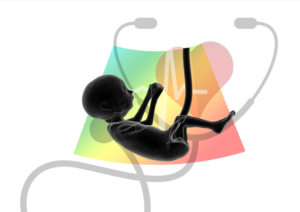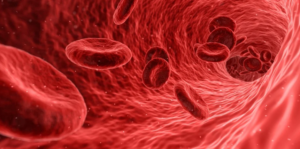
Health 101: All about Umbilical Cord Blood
Despite all of the preparation and care, life appears to be inconsistent at one stage or another! And it is mostly when folks are confronted with a health catastrophe, where the disease in hand is chronic and irreversible. People attempt to guarantee the health of their kids and nearest and dearest in a lot of ways. One such method that’s gained popularity due to its increasing success speed is cord blood stem cell transplant. These days, it’s regarded as a miracle remedy for ailments, which previously physicians considered a dead-end. For more significant information about umbilical cord blood and what are its benefits to human, click https://healthsoul.com/blog/is-cord-blood-banking-necessary/.
Composition of Umbilical Cord Blood
 Along with this, there have also been numerous reports indicating that cord blood may also contain specific stem cells that may create a particular partition that does not belong to blood flow, such as nerve cells. Such suggestions and theories are problematic and are being investigated upon for proper validation. At the current times, over 6000 patients worldwide have now been treated with stem cell transplants. They’re accountable for keeping blood production throughout life. They have also been used for many years from the bone marrow transplant to heal blood-associated disorders. The U.S Food and Drug Administration still thinks about this procedure experimental and advocates that there is scope for future experience.
Along with this, there have also been numerous reports indicating that cord blood may also contain specific stem cells that may create a particular partition that does not belong to blood flow, such as nerve cells. Such suggestions and theories are problematic and are being investigated upon for proper validation. At the current times, over 6000 patients worldwide have now been treated with stem cell transplants. They’re accountable for keeping blood production throughout life. They have also been used for many years from the bone marrow transplant to heal blood-associated disorders. The U.S Food and Drug Administration still thinks about this procedure experimental and advocates that there is scope for future experience.
On the other hand, the physicians usually procure cord blood out of children whose parents have opted to keep the cord blood. When the donor and patient possess a genetic correlation in the time of transplant, the individual’s body will take the transfusion. Based on Mary Laughlin, Cord Blood Transplantation Specialist, Case Western Reserve University, Cleveland, Ohio, there is a continuous struggle or activity to respond between the receiver and donor tissues. Each individual and physician desires the donor tissues to acquire invariably. Normally, the stem cell transplant is considered more pliable which other procedures, like the bone marrow transplant, even when the donor is not a specific match.
Benefits of Umbilical Cord Blood
 Nowadays, it’s already a thriving clinic for treating children that suffer from hematological malignancies. What’s more, there’s also the usage of dual UCB and minimized-intensity transplantation platforms, which also have played its role in this growth. Currently, the registry-based investigation and the end-to-end multi-center and only institution clinical trials are exploring ways to produce the UCB transplantation more suitable. The target is to cover the complex ailments like sickle cell disease and Kostmann’s syndrome and treat it successfully throughout the transplant with no side effects. The collection method is quite straightforward and poses no danger either to the infant or the mother. These cord blood cells contain Haematopoietic stem cells (HSCs), which would be the infrequent cells typically seen in the bone marrow.
Nowadays, it’s already a thriving clinic for treating children that suffer from hematological malignancies. What’s more, there’s also the usage of dual UCB and minimized-intensity transplantation platforms, which also have played its role in this growth. Currently, the registry-based investigation and the end-to-end multi-center and only institution clinical trials are exploring ways to produce the UCB transplantation more suitable. The target is to cover the complex ailments like sickle cell disease and Kostmann’s syndrome and treat it successfully throughout the transplant with no side effects. The collection method is quite straightforward and poses no danger either to the infant or the mother. These cord blood cells contain Haematopoietic stem cells (HSCs), which would be the infrequent cells typically seen in the bone marrow.
